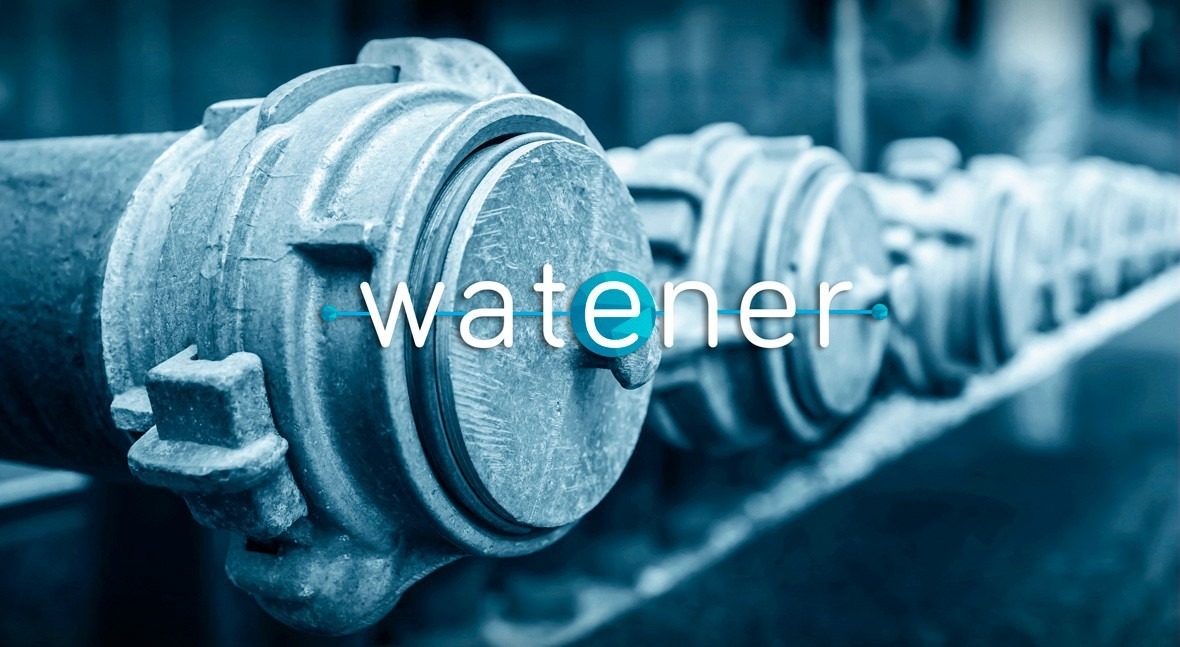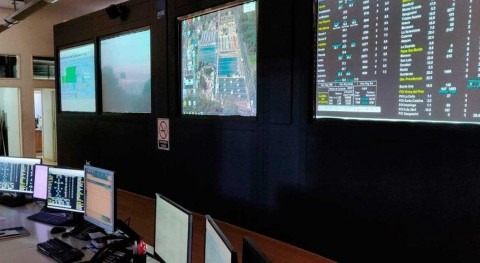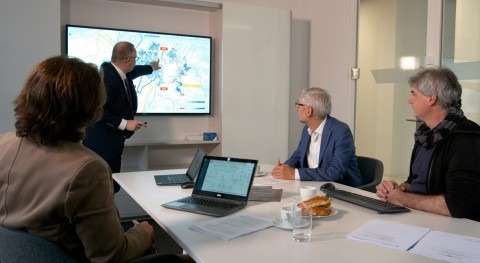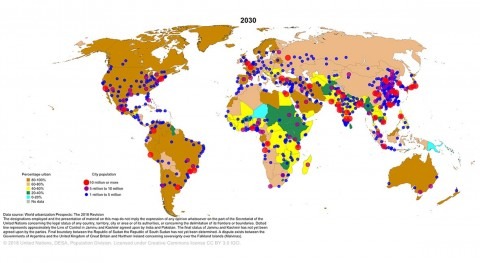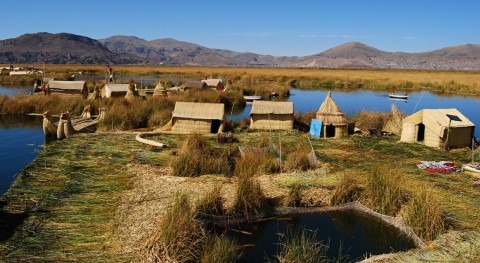WatEner® is a web solution to improve the hydraulic and energy efficiency of daily operation and management in drinking water networks, through monitoring events in real time, decision-support systems, models, and expert knowledge. José María Boutín Mesa, Sales Director at INCLAM Group, tells us about this successful solution in further detail.
Question: ¿What is WatEner and what are its applications in the water sector?
Answer: WatEner® is a scalable web platform that allows interoperability, developed to improve the hydraulic and energy efficiency of daily operation and management in drinking water networks. WatEner was created to meet market needs, improving management efficiency in water supply networks.
Q: Please tell us about its main features.
A: First, it can integrate the corporate tools of the utility company (GIS, hydraulic models, SCADA systems, etc.), not only with an attractive way of visualising the data, but boosting and showcasing the value of such tools by sharing information across the organisation (holistic vision) and using additional functions to improve water supply system management. As a second key feature, WatEner offers a system to manage expert knowledge and support decision making using Artificial Intelligence techniques and automated learning.

José María Boutín Mesa, Sales Director at INCLAM Group
Q: What problems related to water cycle management does it address?
A: WatEner® is a platform that responds to the challenges of the water-energy nexus in drinking water distribution and supply networks:
- Water resource management improvement: On one hand, decreasing the time it takes to respond and make decisions to reduce losses and non revenue water, thanks to the early warning system for events and leaks, and an assessment of background losses in the distribution network. On the other hand, helping to prepare water balances by cross-checking information from different sources, as well as with continuous monitoring of operational efficiency through indicators such as the Infrastructure Leakage Index (ILI).
- Energy efficiency improvement: WatEner® helps to reduce energy consumption and costs associated with operational activities, thanks to smart planning, based on an advanced system to forecast the demand, linked to hydraulic simulation and energy tariff conditions. It provides recommendations for daily system operation to improve energy performance without compromising the water supply.
Q: How does it differ from other technological solutions in the market?
A: There are two key aspects that make it stand out in the Smart Water Management sector:
- The use of Artificial Intelligence as a technological innovation that, on one hand, enables expert knowledge management and storage with automated learning and pattern recognition techniques, and on the other hand, enables generating recommendations automatically and assessing strategies.
- The integration of corporate tools (integrated management systems, hydraulic models, SCADA systems, ERP systems, etc.) in a single global platform (holistic vision), working with real and simulated data.
Q: What did the launch of this product mean for the water sector?
A: WatEner is a step ahead towards smart water supply management, with the following advantages:
- Flexibility: It adapts to the information available.
- : It can grow as the network technology and installed systems develop, providing knowledge and value added to management and operation tasks.
These features allow implementing WatEner® in water supply systems with different degrees of technological development and sensorization, adapting to obtain the answers sought with the existing information in each case.
Q: What are the business and development expectations for this type of technologies in the water sector?
A: In Europe, as well as in the United States, the water-energy nexus has drawn the attention of water utilities that try to implement measures to reduce energy consumption and improve water use efficiency.
Water utilities manage huge water distribution networks, many of them designed and built decades ago, that need to be more efficient in terms of water and energy savings.
The costs associated with water production and distribution depend on the volume of water supplied and the energy consumed during the process; it can reach between 20% and 30% of the total operating costs. An approach based on computer tools to optimise the management of the water-energy nexus in the network, with regards to operations, maintenance, and even at the planning stage results in significant margins for improvement.
The technology offered has been developed to answer these specific challenges, and in this context the business expectations are linked to a future vision of smart and sustainable supply management.

Q: Of all the projects where this technology solution has been used, which ones would you highlight due to their impact on the water sector?
A: I would highlight the implementation of WatEner® in the company responsible for the water supply to the German city of Karlsruhe, providing services to about 400,000 people with a supply network that is highly advanced. The main goals were reducing energy consumption and the carbon footprint (energy efficiency), and improving network operation and management (water efficiency).
The project achieved a reduction in energy consumption between 5% and 7%, by optimising pumping schedules and tank management, in a very modern network with high level technology and upgraded infrastructure.
Moreover, the project improved pressure management, consumption forecasts by sector, and decreased associated losses and leaks. Particularly noteworthy are the streamlined access to all the information and the capability to simulate higher efficiency scenarios in critical situations.
Based on our experience, extrapolating these results to other water supply systems which are not as advanced in terms of optimisation of operations could entail an improvement of 15 to 25% in global management.
Q: Finally, how has technology changed in the water sector? And what are the main challenges ahead?
A: Drinking water utilities have to search for solutions to existing problems. Currently, integrating new technologies or incorporating information as a strategic asset are challenges that coexist with captive knowledge and a set of unconnected tools, not very accessible, that in many cases are not considered in decision-making processes.
This scenario requires implementing new smart management platforms able to respond to these increasing demands and manage actions in real time. WatEner® has been specifically designed to meet these new challenges.


